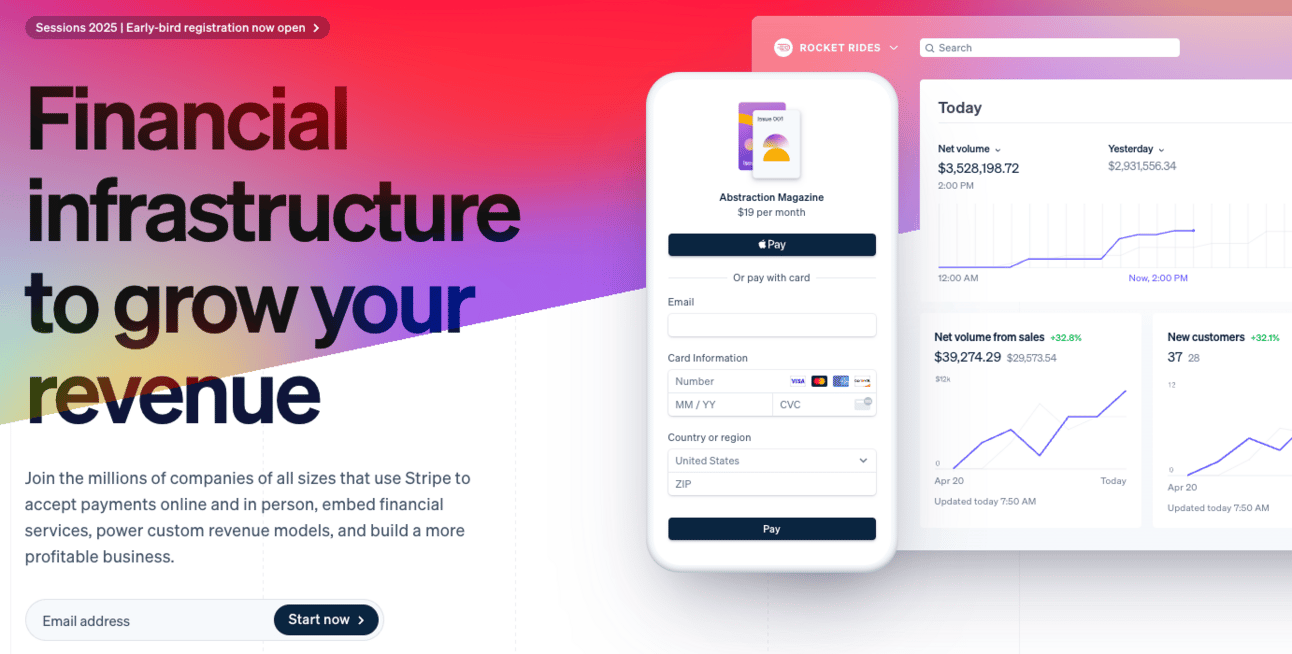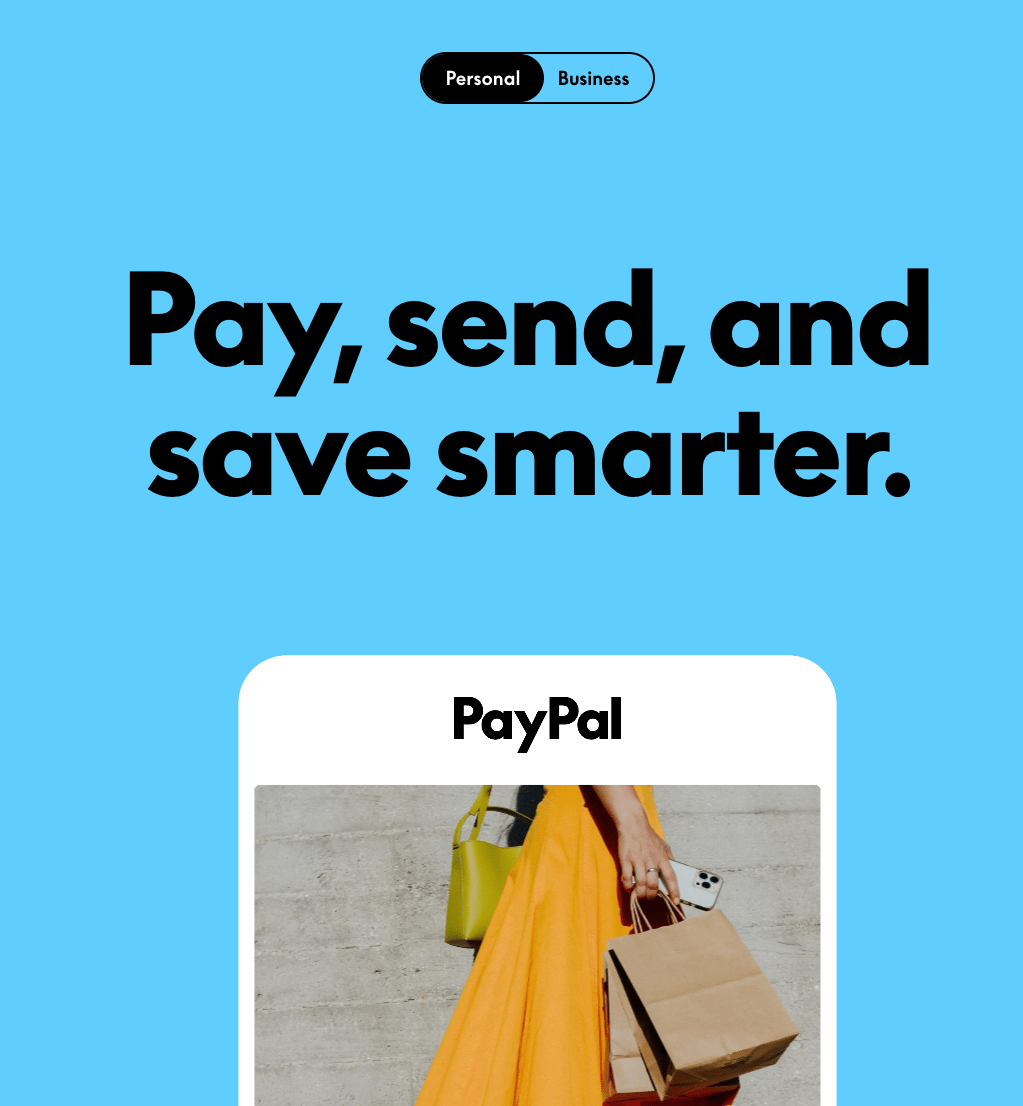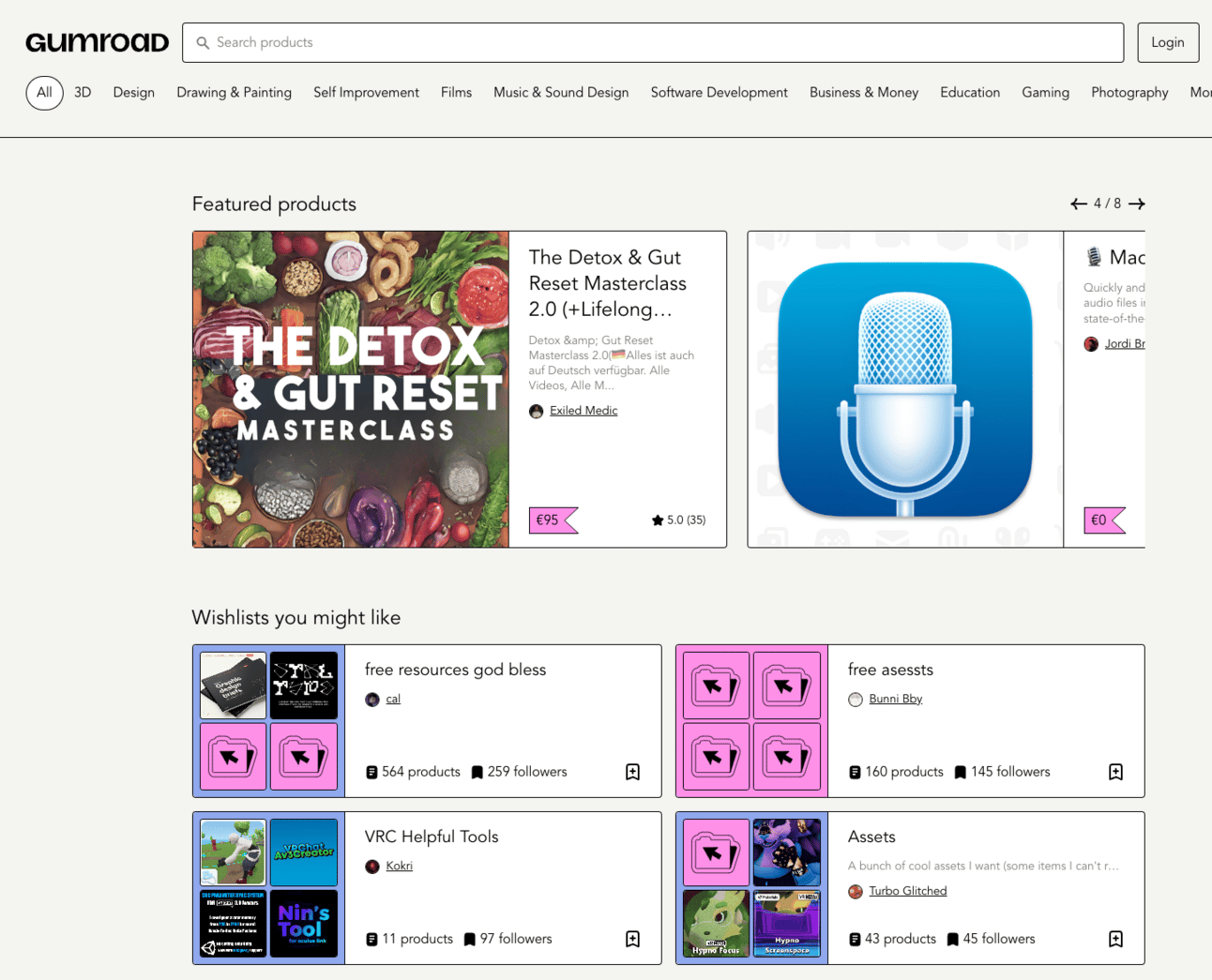- Solo Builders Club
- Posts
- 4-2-1: Payment Processing, Customer Support, and Mental Health
4-2-1: Payment Processing, Customer Support, and Mental Health
Helping you build your dream project
Solo Builders Club
A newsletter to help you build, deploy, and sell your dream projects ✨
Hey — It’s Jerrell
Yesterday, I was in downtown SF for work meetings. And here in SF we celebrate Halloween all week long. So it goes without saying that mixed into the tech bro Patagonia vest and the usual "couch-ready, work acceptable" aesthetic were costumes.
And boy oh boy, SF was very SF.
I passed someone dressed as a "4090 GPU" - complete with RGB lighting and a sign that said "Still cheaper than Bay Area rent." Another brave soul went full "Anthropic Claude" with a bowtie and a whiteboard of philosophical questions.
My personal favorite though? A person who was "Downtime" - just wore all red with a sign saying "Internal Server Error 500" and randomly stood still on street.
The best part? No one batted an eye. Just another Tuesday in San Francisco.
Estimated read time: ~2 minutes and 55 seconds.
Four Payment Solutions That Won’t Give You a Headache
Quick context before we dive in: there are two types of payment solutions you should know about. Pure payment processors (like Stripe and PayPal) that just handle the money part, and integrated platforms (like Gumroad and Memberful) that bundle everything together - payments, content delivery, customer management, the works. Think of it like buying ingredients vs. getting a meal kit. Both work, just depends on how much cooking you want to do.
1/Stripe

If you've got even a hint of technical knowledge, Stripe is like that overachiever friend who makes everything look easy. Yes, you'll need to write some code (or copy-paste from Stack Overflow, no judgment here). But at 2.9% + $0.30 per transaction, it's cheaper than a cup of coffee. I use it for all my subscription-based projects because it handles recurring payments better than I handle my morning routine.
2/ Paypal

Look, PayPal is the Honda Civic of payment processors - not sexy, but it gets the job done. Everyone knows it, everyone trusts it, and you can set it up faster than you can say "where's my money?" The catch? Those international transaction fees will make you wince. But for getting started? It's like training wheels for accepting payments.
3/ Gumroad

Remember when I said I'm not technical? Gumroad was my first love. It's the "I just want to sell stuff without thinking about code" solution. Yes, they take 5% + $0.30 per transaction, but they handle everything - even that scary European VAT stuff. I used it to sell my first ebook and the setup time was shorter than picking a cover image.
4/ Memberful

Here's a spicy take: sometimes paying more actually saves you money. Memberful is $25/month plus transaction fees, which sounds scary until you realize it's basically a full-time employee handling your subscriptions, newsletter integrations, and customer management. It's overkill if you're just starting, but for membership businesses? It's cheaper than therapy.
Two Ways to Handle Customer Support Solo
1/
Here's what changed my support game: templated responses that don't sound like templates. I keep a running doc of my most thoughtful replies to common questions. But here's the trick - I leave gaps to add personal details. So instead of "Thank you for your feedback," it's more like "Love how you used [feature they mentioned] to solve [their specific problem]! About your question..." Takes the same time as a generic response but feels personal.
2/
The best support ticket is the one that never gets created. I learned this after spending a whole Sunday responding to "how do I reset my password" emails. Now I use Simple Analytics to see where users get stuck, then add tooltips and guides in those spots. My support load dropped by 60%. For the tickets that do come in, I use Help Scout's basic plan - it's like Gmail but makes me look way more professional than I am.
One Thought on Mental Health
I had a wake-up call last month. Found myself responding to customer emails at 11 PM on a Saturday while "watching" a movie with friends. Classic founder moment, right?
Here's the thing about mental health and solo building - it's not about work-life balance. That's a myth. It's about work-life boundaries. I learned this after burning out trying to be "always available." Now I treat my calendar like code - strict rules, no exceptions. After 6 PM, Slack notifications go silent. My email auto-responder kicks in: "I check emails twice daily at 9 AM and 3 PM PST."
The trick isn't to work less - we're founders, that's not happening. It's about being fully present in whatever you're doing. When I'm in work mode, I'm all in. But when I'm at a concert with friends or having dinner with my wife, work can wait. Those support tickets will still be there tomorrow, but these moments won't.
Is it perfect? No. Last week I caught myself checking analytics during movie night (old habits die hard). But having clear boundaries means I'm no longer living in that anxiety-inducing space of feeling like I should always be working. Plus, fun plot twist: my customers actually respect me more for having boundaries. Who knew?
****
And that’s it for issue #4. Thanks for reading.
If you enjoyed it please do forward it to a pal. It takes ten seconds and makes a big difference. If you don't enjoy it, you can unsubscribe here.
See you next Monday — Jerrell & Chase
P.S. — I have hundreds of tools to share with you. I’m going to put together a database (see image below) of all of them in the next few weeks. I’ll share the first and, limited time only, free link to it in this newsletter so stayed tuned…

Did a friend send you here? Join the newsletter (it’s free).

We’re all in this together